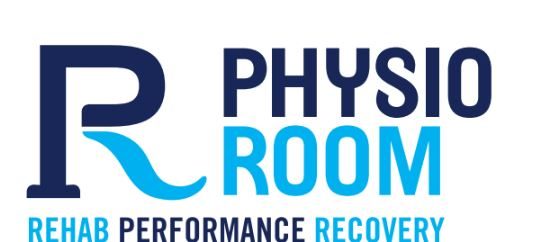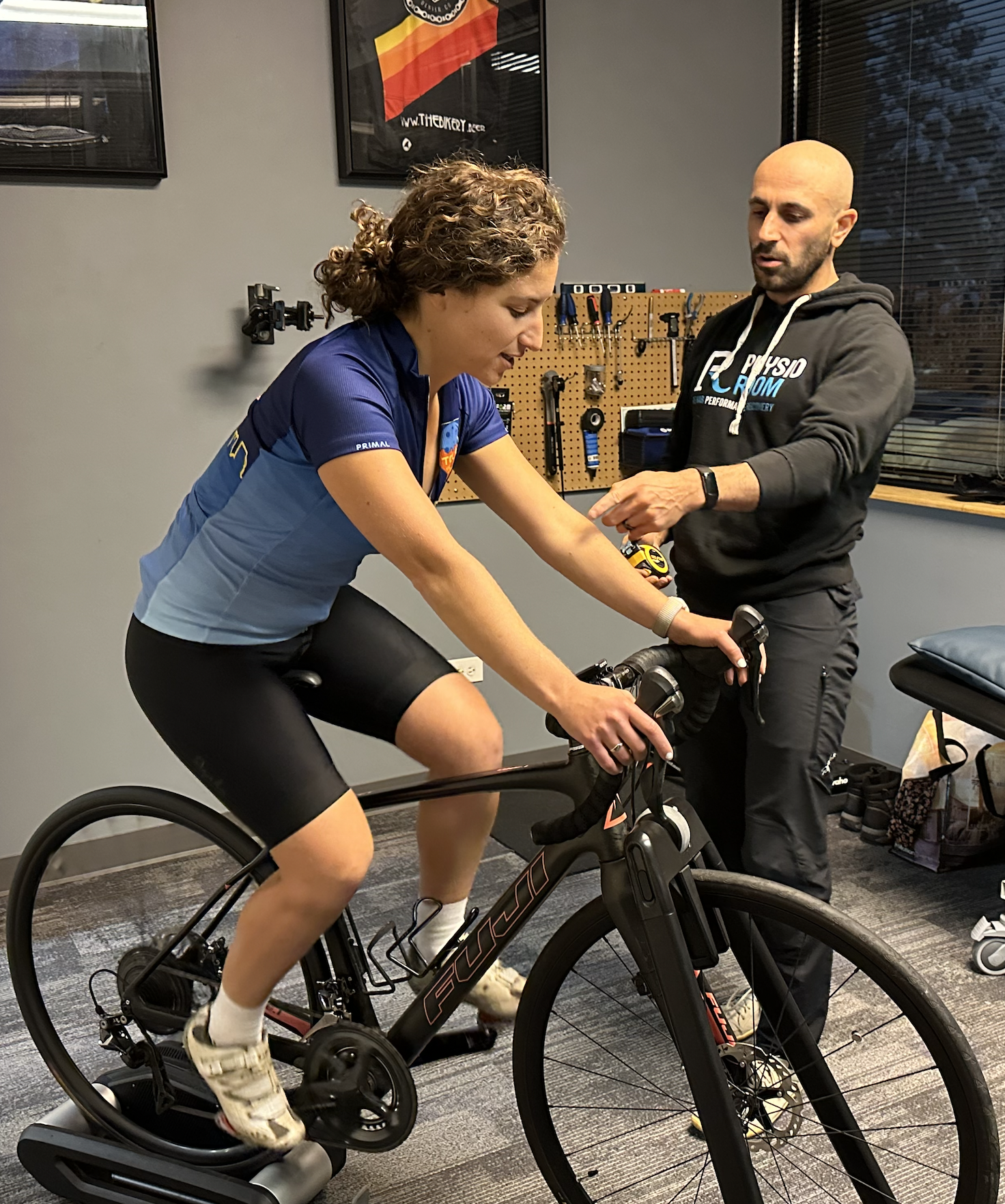Building Strength for Endurance Athletes: Master Control, Then Unleash Power
The gist:
When it comes to building strength for endurance athletes, the priority is clear: first build control and integrity. Increase usable range of motion. Then build output.
Strength on top of compensation compromises sport longevity. Endurance athletes need to address postural and stabilization deficits early on. If you are simply looking to improve sprint performance, sorry. But if you want to ride, run, and perform for years to come, read on.
Pain too often becomes an unfortunate byproduct of hard training. However, this pain is not always the result of overtraining; often, it stems from poor body awareness and mobility restrictions. The good news? These issues can be mitigated by focusing on improving control, developing better movement patterns, and addressing strength imbalances. By honing in on these essentials, endurance athletes can build true strength, enhance performance, reduce injury risk, and achieve sustainable, long-term gains.
The Role of Body Awareness in Training
Body awareness, or proprioception, refers to an individual’s ability to sense the position and movement of their body parts in space. It plays a crucial role in any athletic endeavor, from lifting weights to running or performing complex sports maneuvers. When body awareness is lacking, athletes may inadvertently use improper mechanics, leading to compensations that increase stress on certain joints or muscle groups. Over time, these compensations can result in pain and, eventually, injury.
The first step in mitigating these issues is developing a strong foundation of body control. This means teaching the body to move efficiently through its full range of motion without unnecessary tension or restriction. In other words, before you start building power or strength, you need to improve your ability to control your movements and maintain proper form. This is where mobility exercises and controlled movements come into play.
Mobility Restrictions and How They Impact Performance
Mobility restrictions are often at the root of many training-related issues. These restrictions can be caused by tight muscles, joint stiffness, or even imbalances between the left and right sides of the body. When one side of the body is significantly stronger or more mobile than the other, it can lead to asymmetrical movement patterns, further exacerbating pain and increasing the likelihood of injury.
For example, imagine a runner or cyclist who has a more mobile right hip but a stiff left hip. This imbalance can lead to compensatory movement patterns that place more stress on the left side of the body, potentially causing joint discomfort, muscle strain, or even injury over time. By working to correct these imbalances and improve overall mobility, athletes can achieve more symmetrical, efficient movement patterns that enhance performance and reduce pain.
Mitigating Left vs. Right Differences in Strength and Control
One of the key goals when addressing mobility restrictions is to reduce the differences in strength, control, and joint stiffness between the left and right sides of the body. Often, athletes may be unaware of these discrepancies until they begin to pay closer attention to their movement patterns.
To address this, challenge both sides of the body equally via unilateral exercises. Single-leg squats, hip hinge and lunge variations are excellent tools for improving awareness, then symmetry, then overall function and strength. Then, we can be confident both sides of the body are developing at the same rate. These exercises not only help reduce imbalances but also promote better control and coordination, which are critical for both everyday activities and athletic performance.
Additionally, mobility drills that target specific joint restrictions, such as hip internal rotation or thoracic spine mobility exercises, can help restore the body’s natural range of motion. By focusing on areas that are often tight or restricted, athletes can improve their overall movement efficiency and reduce the risk of pain or injury.
Building Power and Resilience
Once an athlete has established a solid foundation of body awareness, control, and mobility, they can begin to build strength and power. The key to this process is to develop resilience through progressive overload. By gradually increasing the intensity of training while maintaining proper form and movement patterns, athletes can build the physical and mental toughness required for peak performance.
However, it’s essential to remember that building power and resilience should never come at the expense of mobility or body awareness. Athletes should continue to prioritize controlled movements, dynamic mobility, and unilateral exercises to maintain balance and reduce the risk of injury as they progress in their training.
Conclusion
Pain and discomfort are often seen as inevitable parts of hard training, but they don’t have to be. By improving body awareness, addressing mobility restrictions, and correcting left vs. right imbalances in strength and control, athletes can enhance their movement patterns and perform at their best while minimizing the risk of pain or injury. Remember, control is the foundation upon which power and resilience are built. Focus on improving your body’s awareness and mobility, and you’ll be better prepared to take on even the toughest training challenges.

Written by Dr. Tim Tracy – PT, DPT, OCS| Physio Room





No responses yet